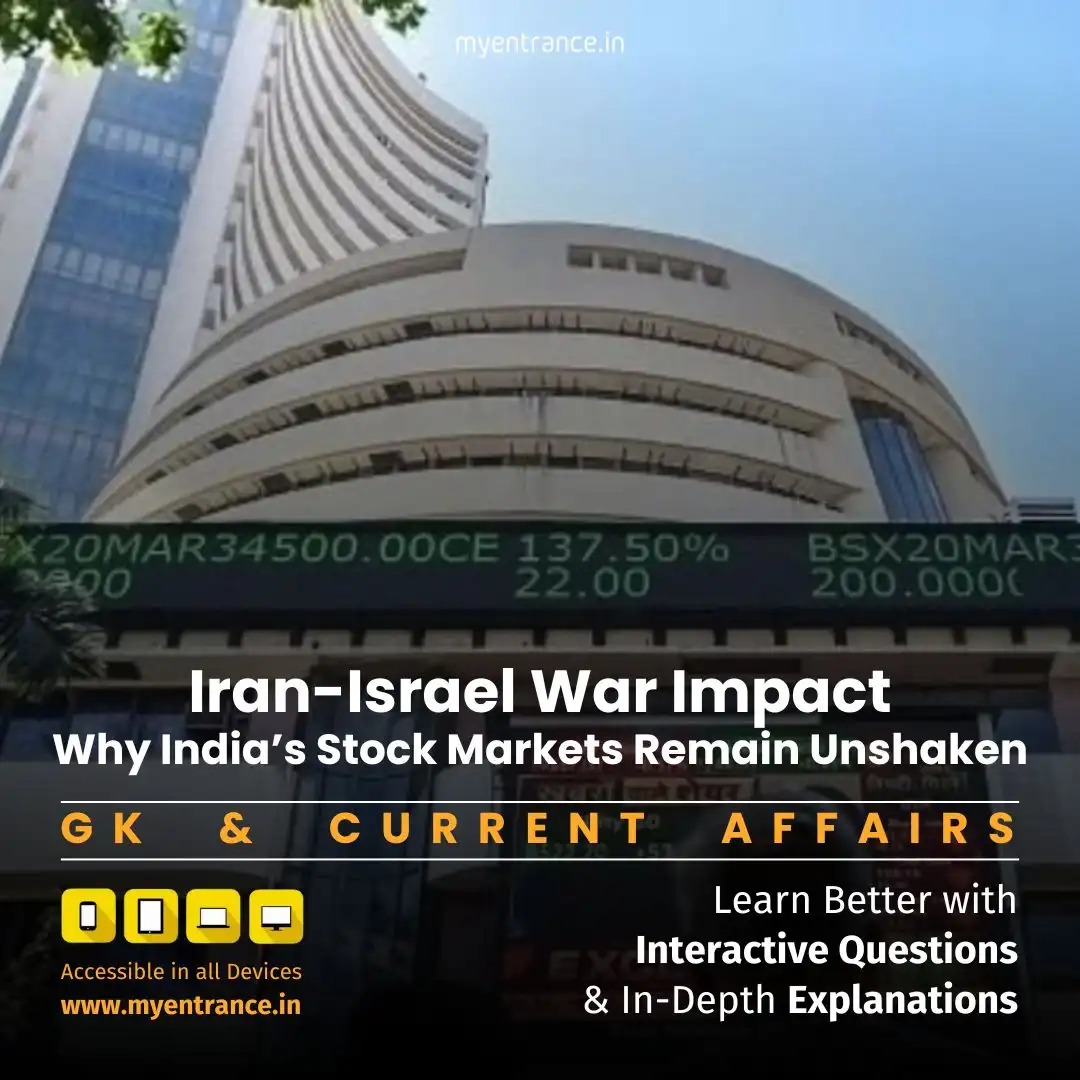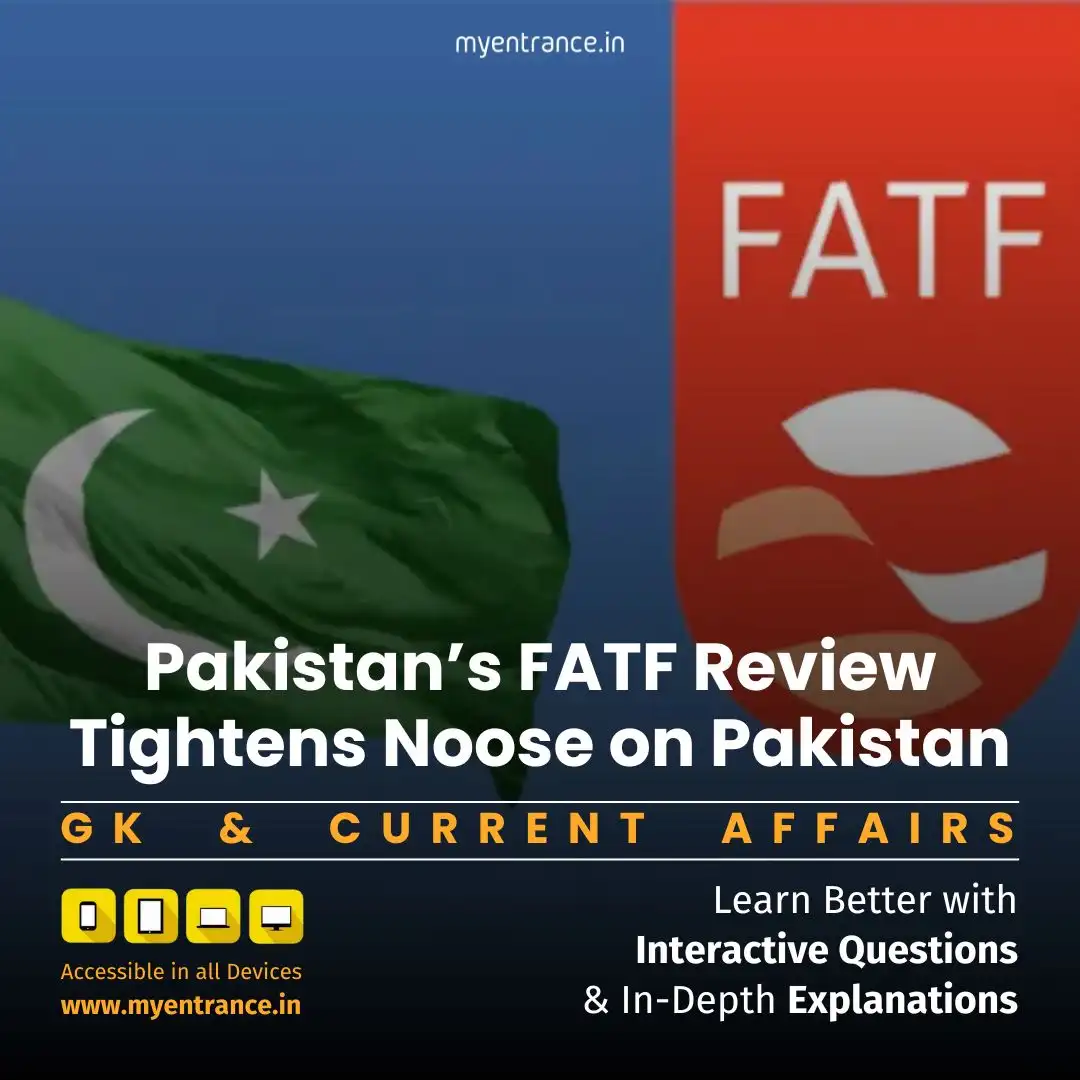Select Language
Sensex Stability Amid Middle East Conflict: Macro Resilience Explained
While Iran-Israel hostilities escalate, India’s stock markets remain surprisingly stable. This resilience stems from controlled inflation, strong macroeconomic fundamentals, and limited trade exposure to Iran—though risks loom if oil installations are targeted
Key Points Explained (Human-Written):
Why Markets Stay Calm: India’s Triple Shield
Low Inflation & Stable Macros:
CPI at 3.2% (6-year low) and WPI at 0.39% (14-month low) reduce RBI’s rate-hike pressure.
Robust forex reserves ($650B+) and controlled fiscal deficit boost investor confidence.
Minimal Trade Links with Iran:
India’s crude imports from Iran dropped to near-zero since 2019 due to US sanctions.
Current reliance shifted to Iraq, Saudi Arabia, and Russia (45% combined).
Oil Prices Yet to Spike:
Israel hasn’t targeted Iranian oil installations (holding 12% of global reserves).
Stable Brent crude (~$85/barrel) prevents inflationary shocks.
Potential Triggers for Market Volatility:
If Israeli strikes hit Iranian oil facilities: Global crude prices could surge, raising India’s import bill (85% dependent).
WPI- Oil Link: Every 10% oil price rise → 0.9% WPI inflation spike (9% weight in basket).
Fiscal & External Risks: Higher subsidies (LPG/kerosene) and widened current account deficit (CAD).
Key Takeaways for UPSC Aspirants:
Macro Buffers: Low inflation, forex reserves, and fiscal discipline insulate markets.
Trade Diversification: Reduced Iran oil imports minimize direct conflict impact.
Oil Price Sensitivity: Stability hinges on avoiding Iranian supply disruptions.
Market Metrics: Sensex fell only 0.13% post-conflict (81,691 → 81,583).
Future Risks: Targeting oil infrastructure could spike CAD, inflation, and force RBI rate hikes.
Sample Q&A for Exams (Prelims/Mains):
Q: How does crude oil price rise affect India’s WPI inflation?
A: A 10% increase can raise WPI by 0.9% (oil products have >9% weight in WPI basket).
Q: Why has the Iran-Israel conflict minimally impacted Indian markets?
A: Low inflation (CPI 3.2%), zero Iranian oil imports, and stable global crude prices.
Q: Which regions supply most of India’s crude oil today?
A: Iraq, Saudi Arabia, and Russia (collectively ~45%); Iran’s share is negligible post-sanctions.
Q: What macroeconomic risks could arise if Israel attacks Iranian oil sites?
A: Higher CAD (oil imports = 25% of import bill), subsidy burdens, and inflationary pressure.
Q: How did Sensex respond to the Iran-Israel conflict outbreak?
A: Fell merely 0.13% (81,691 → 81,583), reflecting market confidence in India’s macros.
Most Predicted Questions
Comprehensive study materials, Expert-guided tips & tricks, Mock tests and instant results.
Start your SSC, NIFT, NID, FDDI, PSC journey today with MyEntrance, your ultimate online coaching platform.







